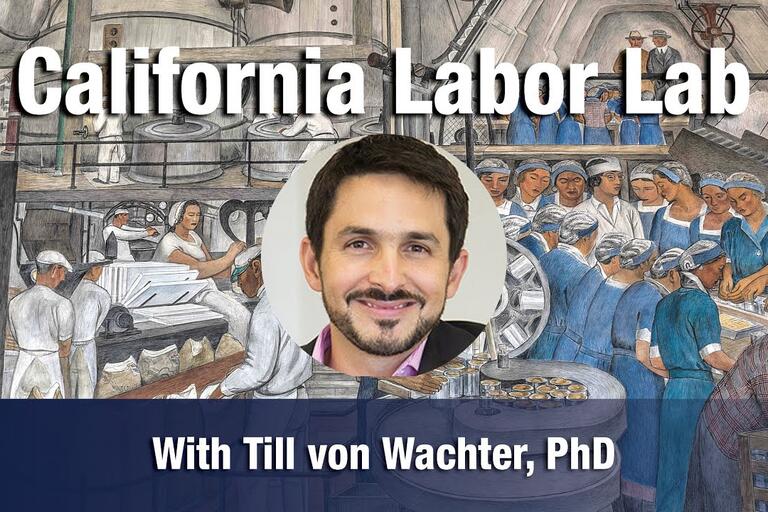 Play video
Play video
February 23, 2022: Tracking Re-Employment Patterns of Unemployed Workers During the Recovery
By Till von Wachter, PhD
Professor of Economics, UCLA
Using administrative earnings and claims data, the California Policy Lab (CPL) has analyzed the outcomes of unemployment insurance claimants through the pandemic in a series of reports. This presentation summarizes highlights from these reports, with particular focus on reemployment patterns during the economic recovery. Among others, this includes how many workers found jobs, how many returned to their previous employers, and how many switched industries, as well as which groups of workers and which geographies most benefited from the recovery.
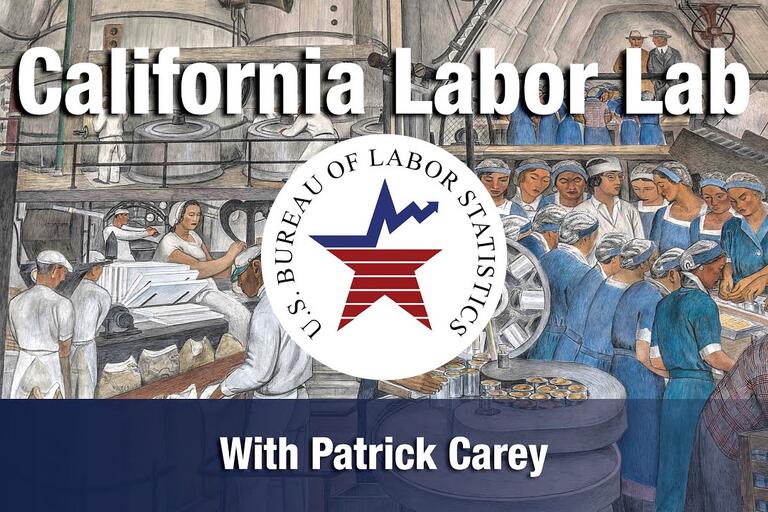 Play video
Play video
March 23, 2022: Developments from the Bureau of Labor Statistics Household and Payroll Surveys
By Patrick Carey
Bureau of Labor Statistics
This webinar will explore recent labor market trends and developments across the United States, and in California, using data from the Bureau of Labor Statistics’ household and payroll surveys, including supplemental data on the effects of the COVID-19 pandemic. A short update will be given on plans for the next contingent worker supplement to the Current Population Survey, which provides data on the labor force, employment, unemployment, persons not in the labor force, hours of work, earnings, and other demographic and labor force characteristics.
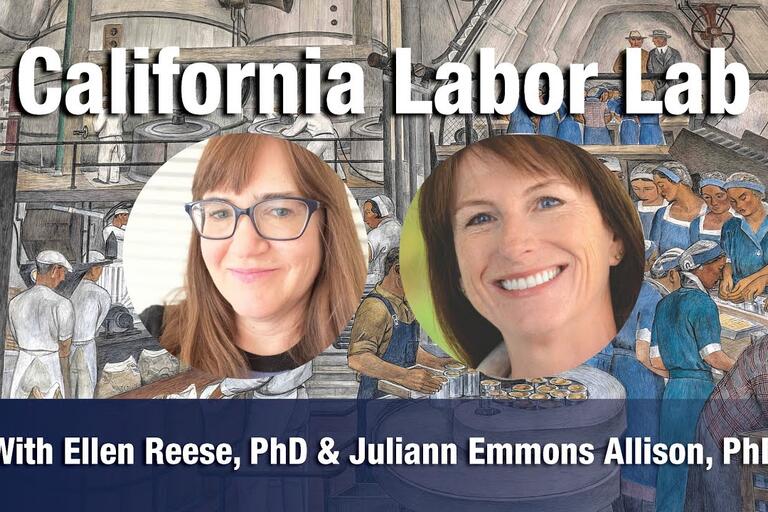 Play video
Play video
April 27, 2022: Amazon, Warehousing & Health in Inland Southern California: Intersectional Feminist Perspectives and Praxis
By Ellen Reese and Juliann Allison
UC Riverside
This webinar will address the challenges and prospects for workers’ rights and occupational and environmental health in the age of Amazon and warehousing in Inland Southern California, home to one of the world's largest logistics clusters. Learners will explore more than a decade of predominantly community-based research, including in-depth interviews with 82 current and former Amazon warehouse workers as well as field research on worker and environmental organizing. This presentation will discuss, through an intersectional feminist lens, the exploitative conditions within Amazon and the warehouse industry, and workers’ health and safety concerns both during and prior to the pandemic, from the perspective of warehouse workers, most of whom are Latino, and increasing numbers of whom are women. This presentation will also consider underlying environmental and public health impacts of the warehouse industry, which tends to be concentrated within low-income communities of color, such as Inland Southern California. Public resistance, especially emergent blue-green alliances and intersectional styles of organizing, and legal and legislative strategies to improve the health and safety of warehouse workers and local residents, will also be discussed.
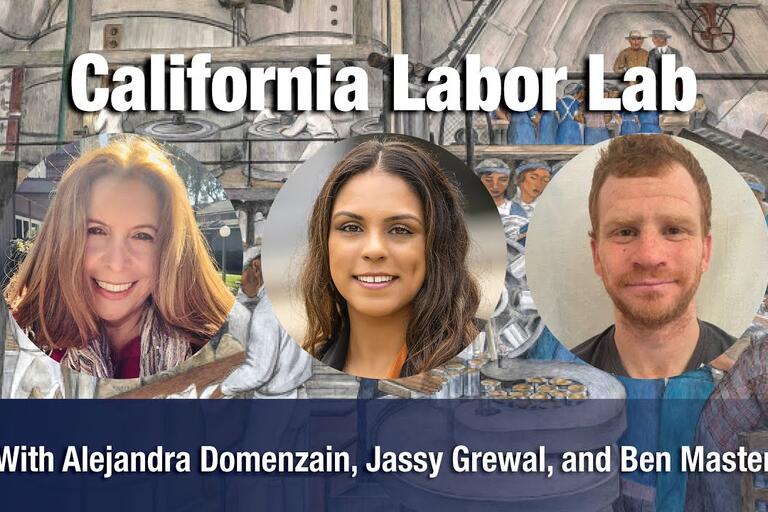 Play video
Play video
June 22, 2022: Protecting Essential Workers Beyond the Pandemic: Insights from Research and Organizing
By Alejandra Domenzain, MA, Jassy Grewal, Ben Master
UC Berkeley
The pandemic has intensified workplace health and safety concerns, while also stirring unprecedented organizing and advocacy to expand worker protections. This webinar will explore what still needs to be done to advance workplace health and safety, with a focus on centering front line, low wage, and immigrant workers. Case studies include lessons from United Food
and Commercial Workers (UFCW), who are winning historic victories for supermarket and retail workers, and insights from SEIU’s Fight for $15, which have led strikes at more than 350 fast food restaurants, with workers going on strike more than 2,300 times during the pandemic.
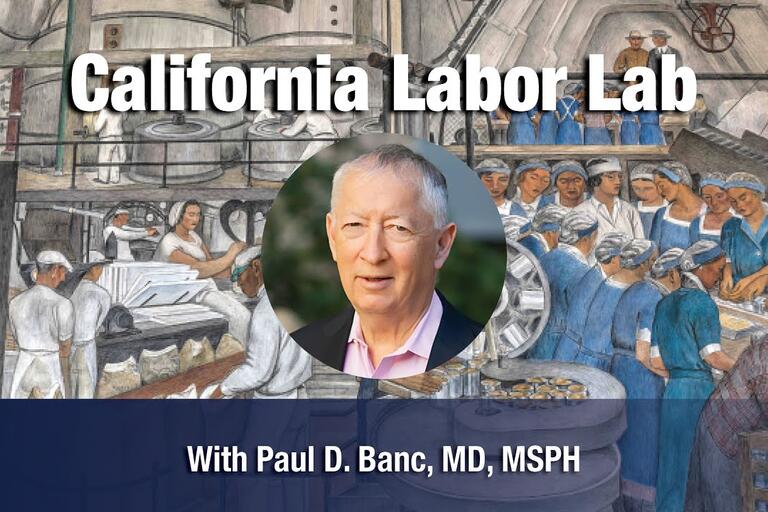 Play video
Play video
September 28th, 2022: Past as Prologue: How the History of Occupational Illness and Injury Teaches Us about Where We are Today
By Paul Blanc, MD, MSPH, Professor of Medicine
UCSF
The history of occupational illness and injury is fundamentally the story of how technological change modifies the ways in which the environment of employment puts workers at risk. Sometimes change makes the environment inherently safer, but all too often there are obvious and not-so-obvious hazards that accompany innovation. History teaches us that steam and pneumatic powered processes in the 19th century dramatically increased worker exposure to silica dust, bringing an epidemic of disease. It is not that silicosis, albeit poorly characterized, hadn’t been present long before, but it had never been on such a scale. Similarly, technological changes have driven the histories of various “trade palsies” as they evolved into modern repetitive strain injuries, from the metal pen nib causing scrivener’s palsy to wall-to-wall carpeting creating carpet layer’s knee to electronic mail sorters inducing carpal tunnel syndrome. History also teaches us how we need guard against the cyclical amnesia that characterizes the recurring recognition then apparent obliviousness and failure to control obvious hazards. Our current “surprise” at the resurgence of silicosis in the artificial stone industry, grinding a material that is nearly 100% crystalline silica, underscores this recurrent pattern. Finally, history teaches us how we should consider the lives and work of the leaders and pioneers of the discipline that we so often laud in the historical reviews. The stories of these figures should not be hagiographies, but rather need to show how these figures used their own experience paired with a critical reception of transmitted wisdom, to advance the field of occupational medicine. The history of occupational medicine is enriching. It is ignored at our own peril.
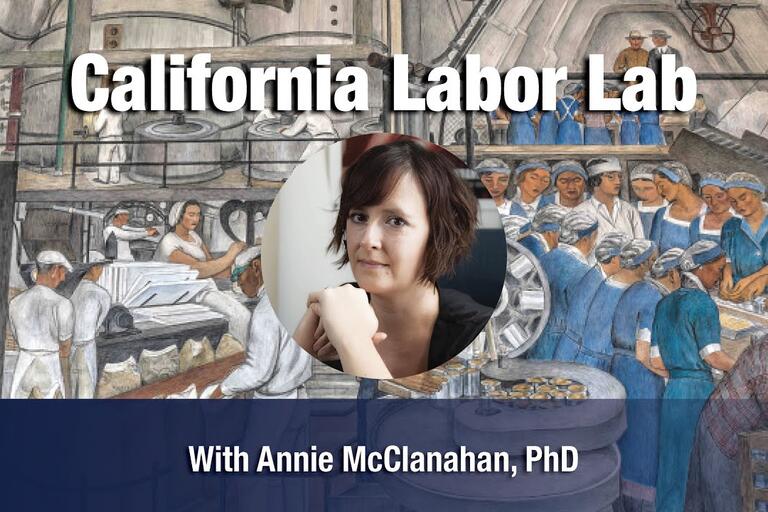 Play video
Play video
October 26th: Sweated Labor: Gigwork, Essential Work, and the Wages of Service
By Annie McClanahan, PhD
Professor of English, UC Irvine
During this webinar, learners will explore the relationship between contemporary “essential work” and the history of sweated labor. A particular focus will be an examination of how pandemic discourse of “essential work” both sentimentalized and heroized predominantly female and non-white service workers. We will also consider the service sector’s reliance on non-hourly wage forms like piece-rate and tips - - both methods of wage payment that have historically been feminized, racialized, and excluded from legal regulation.
